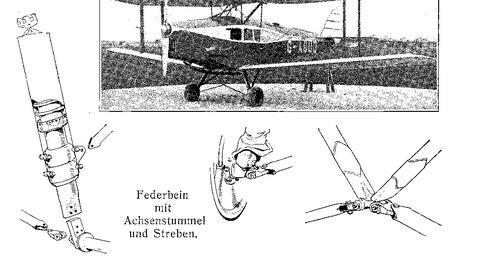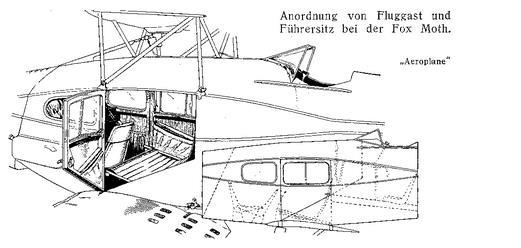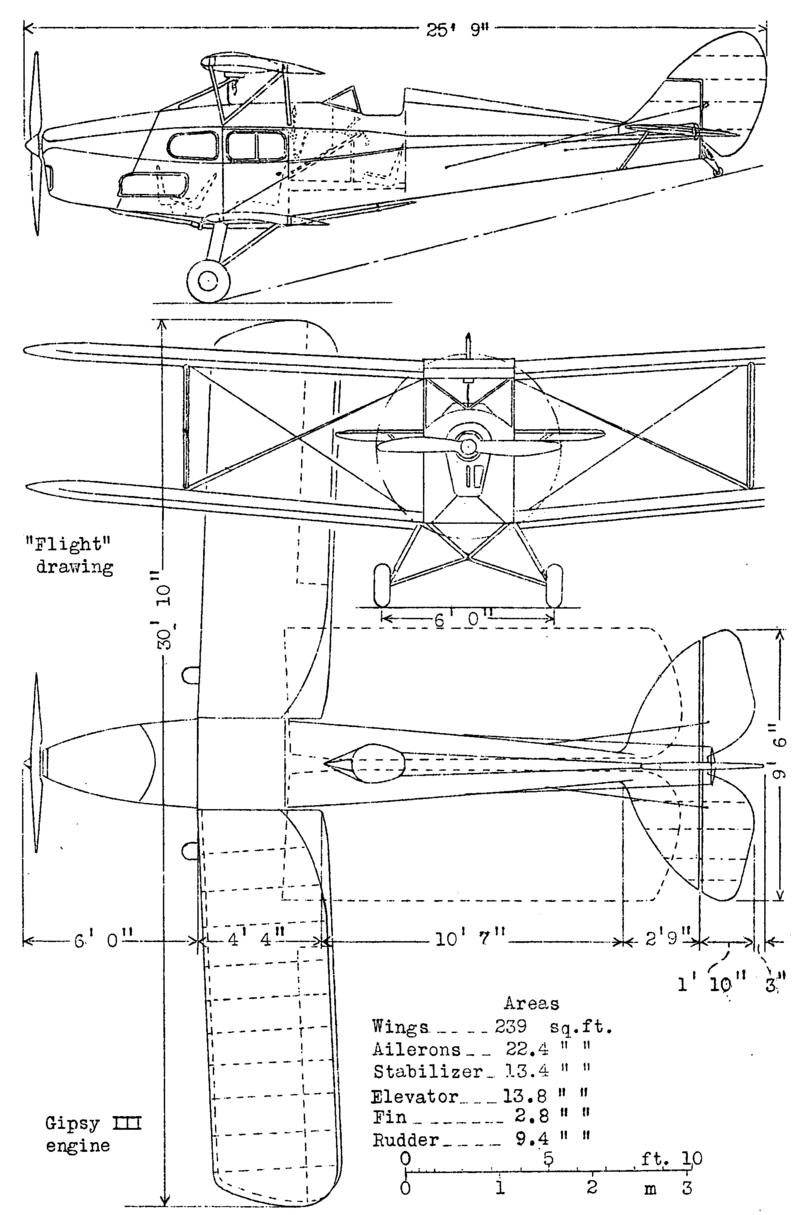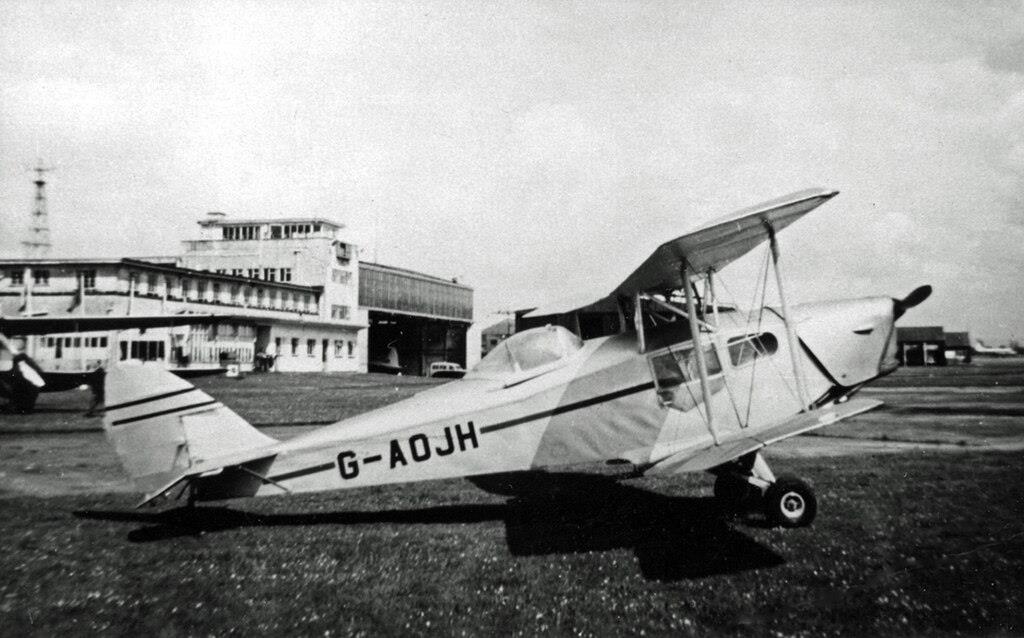

The DH.83 Fox Moth was a successful small biplane passenger aircraft from the 1930s powered by a single de Havilland Gipsy Major I inline inverted engine, manufactured by the de Havilland Aircraft Company.
The aircraft was designed late in 1931 as a low cost and economical light passenger aircraft. Many components including the engine, tailplane, fin, rudder and wings were identical to those being used for the de Havilland DH.82 Tiger Moth then being built in large quantities as a military trainer. These were fitted to the purpose-built wooden, plywood-covered fuselage (longerons: ash forward of the pilot, aft Sitka spruce). The pilot sat in a raised cockpit behind the small enclosed passenger cabin, which was usually fitted with three seats for short-range hops. The "Speed Model" was fitted with a canopy and fairing. The wings folded for space saving storage.
The prototype first flew on 29 January 1932, and was sent to Canada gaining sufficient interest that seven were assembled at the company's Toronto plant.[1] "Home" based production was shared evenly between sales within the United Kingdom and exports, with 49 aircraft each going onto the British register and being sent overseas.[1] British-based aircraft were mostly used on short-haul joyrides or as feeder flights around the British Isles. The DH.83 Fox Moth was the first aircraft to earn a profit in commercial airline service without subsidies.[citation needed]
Total production of the DH.83/DHC.83C Fox Moth was 153, being 98 in England, two in Australia and 53 in Canada after WWII.[3] A number of different engines were used, including the 130 hp (97 kW) Gipsy IIIA on most British-built aircraft and the 145 hp (108 kW) Gipsy Major 1C on the 53 postwar DH.83C Canadian-built aircraft. The DHC-83Cs were fitted with larger pilot cockpit openings, a larger windscreen and canopy, a large ambulance cabin door on the port side to accommodate a stretcher, and did not have folding wings. The DH.83C used DH.82 Tiger Moth main and tail landing gear. The DH.83C was an excellent and economical bush plane.


| Type |
1 + 3-4 passenger transport |
| Engine |
1 de Havilland Gipsy III with 2-bladed wooden propeller |
| Dimensions |
Length 7,85 m , height 2,68 m , span 9,41 m , wing area 24,29 m2 , airfoil RAF 16 |
| Weights |
Empty 486 kg, loaded , max. take off weight 907 kg |
| Performance |
Max.. speed 171 km/h, cruising speed 146 km/h, range 684 km, endurance , service ceiling 3900 m , climb 2,3 m/sec. |
| Type |
Werk.Nr |
Registration |
History |
|
|
D-ESTA |
|
|
4061 |
A-129, OE-STA, D-OSTA |
Vaterland Verkehrsfl.V, NSFK |
|
4039 |
D-3408, G-ACID, VH-UTF |
23-06-1933.Sold to Australia Januari 1935 .MacRobertson Miller Aviation Co Ltd (op by RFDS 'John Flynn' later 'Dunbar Hooper') ,GW Lewis /Kalgoorlie (op by Goldfields AW for Australian Aerial Medical Service)Rereg 17.4.53 |
|
|
D-2408 |
|



